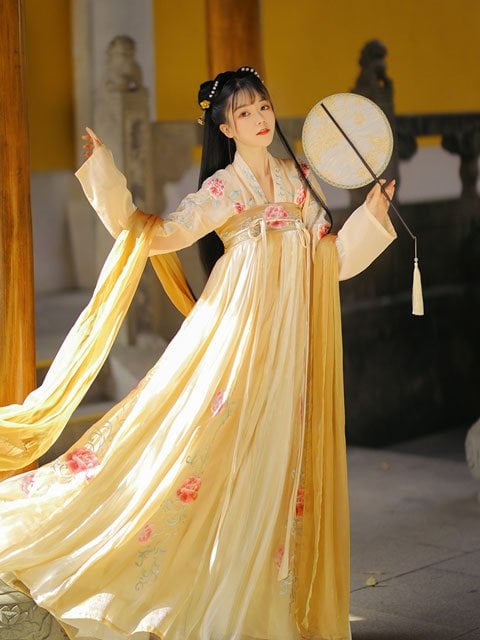In the fast-paced and ever-evolving fashion industry, clothes designers play a pivotal role in shaping trends and creating unique garments. However, the financial aspect of this creative profession often remains a mystery to many. In this blog post, we will delve into the world of clothes designers and explore the factors that influence their earnings. From industry insights to salary ranges, we will provide you with a comprehensive understanding of how much clothes designers truly make.
- The Influence of Experience and Expertise:
Just like any other profession, experience and expertise play a significant role in determining the earning potential of clothes designers. As designers gain more experience and build a strong portfolio, their value in the industry increases. Established designers with a proven track record often command higher salaries and have the opportunity to work with renowned fashion houses or start their own successful brands. - Industry Sector and Market Demand:
The earning potential of clothes designers can vary depending on the sector they specialize in. Designers working in high-end luxury fashion may earn significantly more than those in mass-market or fast-fashion segments. The demand for their creations, brand reputation, and exclusivity contribute to higher salaries. Additionally, designers who cater to niche markets or focus on sustainable fashion may also command higher fees due to the growing consumer interest in these areas. - Geographical Location:
Geographical location is another crucial factor that influences the income of clothes designers. Fashion capitals such as Paris, Milan, New York, and London offer a plethora of opportunities and higher salaries compared to smaller cities or regions. The concentration of fashion houses, design studios, and fashion events in these cities creates a competitive environment that rewards talented designers with better financial prospects. - Freelance vs. Employment:
Clothes designers have the option to work as freelancers or be employed by fashion houses or design firms. Freelancers often have more control over their earnings as they can negotiate their fees based on the project's scope and their reputation. However, they also bear the responsibility of finding clients and managing their own business. On the other hand, employed designers may receive a fixed salary, benefits, and the stability of working within an established organization. - Additional Income Streams:
Apart from their primary design work, clothes designers can explore various avenues to supplement their income. Collaborations with brands, licensing agreements, endorsements, and even launching their own fashion lines or accessories can significantly boost their earnings. Building a strong personal brand and leveraging social media platforms can also open doors to lucrative partnerships and sponsorship opportunities.
Conclusion:
The income of clothes designers is influenced by a multitude of factors, including experience, expertise, industry sector, geographical location, and employment status. While there is no fixed salary range, talented and successful designers have the potential to earn substantial incomes. It is essential to keep in mind that the fashion industry is highly competitive, and designers must continuously adapt to changing trends and consumer demands to thrive financially. By understanding the various factors at play, aspiring designers can make informed decisions and navigate their career paths more effectively.


